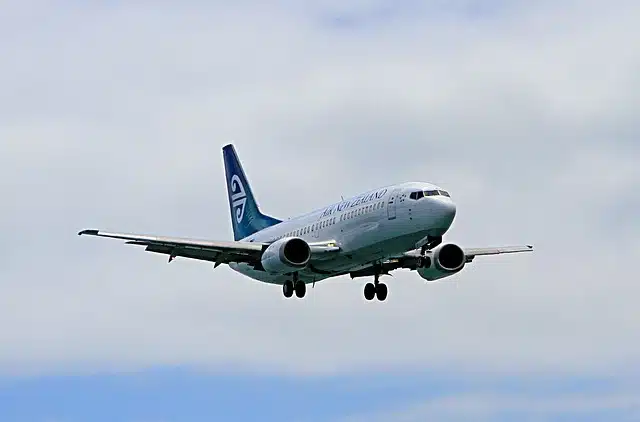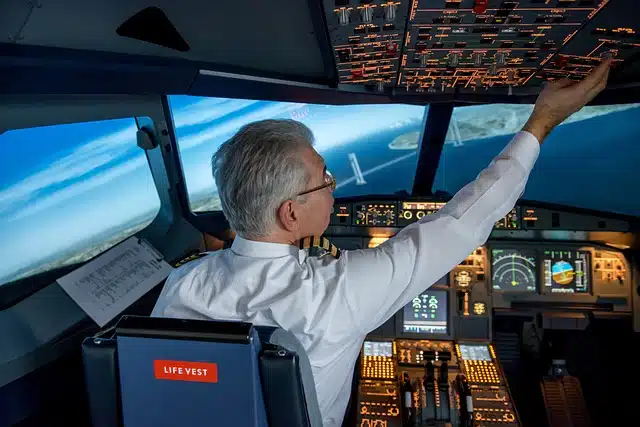
Airspace is a sector of the Earth's atmosphere whose regulation corresponds to a specific country.
Space , a term originating from the Latin spatĭum , can refer to the part occupied by a sensible object, to the extension containing existing matter, or to the capacity of a piece of land.
Aerial , for its part, is an adjective that comes from the Latin word aerĕus and refers to what belongs to or is related to air or aviation .
The notion of airspace allows us to name the portion of the Earth's atmosphere , over land or water, that is regulated by a particular country. Depending on the type of operations it hosts, the level of security and the movement of aircraft, we can speak of different types of airspace, such as controlled airspace or special use airspace .
Airspace considerations
In addition to all this, it is important to know other aspects of interest related to the aforementioned airspace:
• World airspace is currently divided into nine large aeronautical control regions. These, in turn, are subdivided into what are known as flight information regions.
• In the same way, each flight information region is "split" in two vertically: in a lower space, which goes from the ground to the FL 245 level, and in an upper area, which is the strip that It is framed between that level FL 245 and infinity.
• The lower space is called FIR ( Flight Information Region ) and is made up of several perfectly delimited areas: control zones, control areas and aerodrome transit zones.
• The upper area is also known by the name UIR ( Upper Information Region ).

Proper airspace management is essential to guarantee flight safety.
ICAO
The International Civil Aviation Organization (ICAO) divides airspace into seven parts, named with a letter from A to G. Class A is the sector with the highest level of control, while class G refers to uncontrolled airspace.
In the case of controlled airspace, there is an air traffic control service for flights with Instrument Flight Rules (IFR) and Visual Flight Rules (VFR) . This means that, in these spaces, pilots must respect various requirements and operating rules.
Airspace in Spain
In the case of Spain this classification is established as follows:
A. Controlled Airspace where only IFR flights are allowed.
B. Controlled Airspace for IFR and VFR flights for all aircraft.
C. Controlled Airspace for IFR and VFR flights of the IFR-IFR, IFR-VFR or VFR-IFR type.
D. Controlled Airspace for IFR-VFR or VFR flights without separation provided.
E. Controlled Airspace for IFR-IFR flights with separation provided whenever feasible or VFR without the aforementioned separation.
F. Airspace with advisory service, for IFR-IFR flights with separation if feasible and VFR without separation.
G. Flight Information Service.
In these airspaces, pilots must have a flight plan and request authorization from the Air Traffic Control service. The authorities will be in charge of issuing alerts and managing aircraft traffic to avoid accidents.
